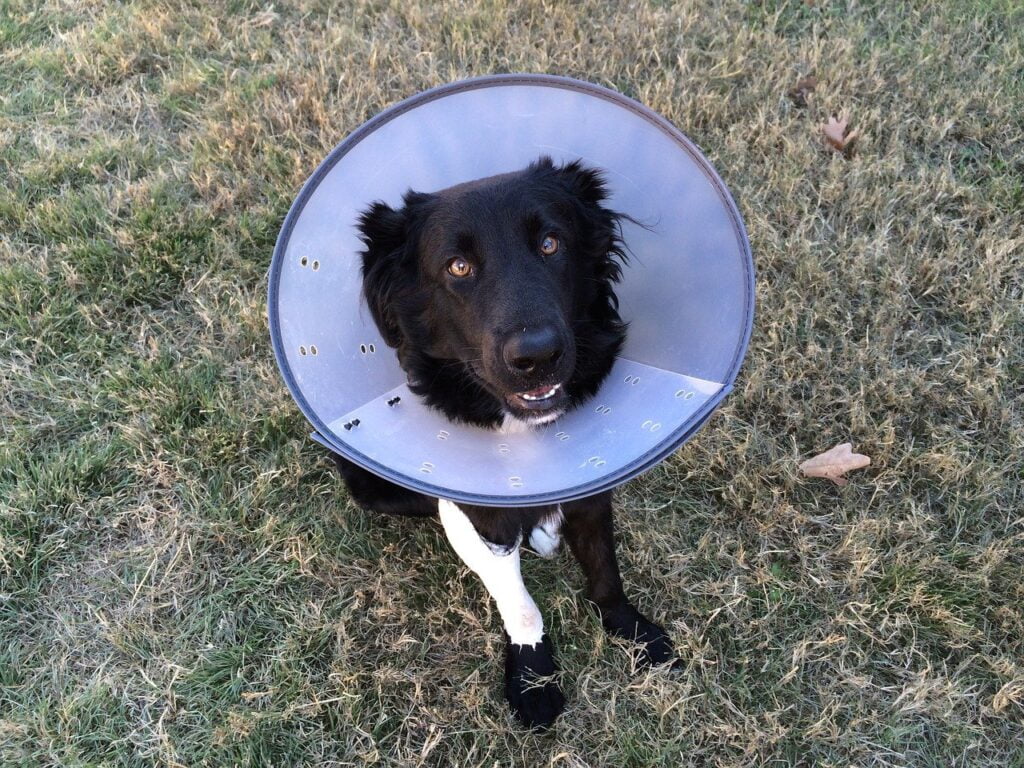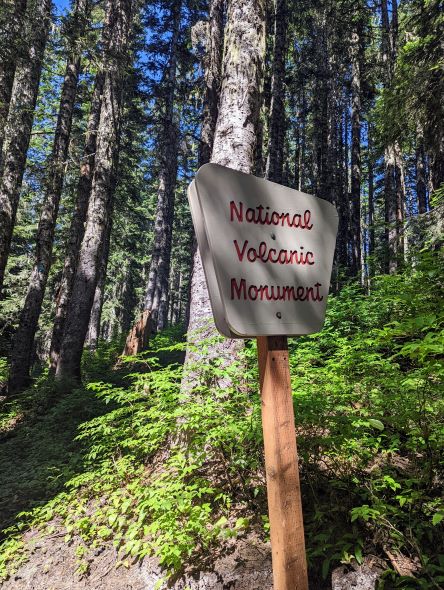Essential Guide to First-Aid Kits and Emergency Supplies

Arguably, the most important of the 10 Essentials is a first-aid kit. Whether on the trail, on a road trip, or at home, having an easily accessible first-aid kit is critical to being prepared for emergencies. First-aid kits are available in many different sizes and styles. They can be purchased at your local pharmacy or online, or you can build your own to design it for your specific needs.
Where should you always have access to a first-aid kit?
- Your home should always have a kit.
- Your car should have a kit and essential roadside emergency supplies.
- You should have a travel kit to take on trips.
- You must carry a kit with you on day hikes and backpacking trips.
- Boats and RVs should be equipped with a kit.
- Your place of employment should have a kit/cabinet, and you should know where it is.
First-aid kits should be customized to your specific needs. Whether you build your own kit from scratch or buy one from the store, your kit should be unique to your situation. Customize your kit to include any personal medications you may need, medical alert information, and emergency contact information. If you have pets, consider having a pet first-aid kit. It’s also essential to make sure your kit is checked regularly to ensure you are replacing depleted or expired items.
Basic First Aid Supplies
Wound Dressings, Closures, Gauze, and Bandages:
- 25 adhesive bandages – various sizes and styles
- 2 absorbent compress dressings (5 x 9 inches)
- 1 adhesive cloth tape (10 yards x 1 inch)
- 1 each – 3 in. gauze roll (roller) bandage
- 1 roller bandage (4 inches wide)
- 5 each butterfly closures
- 5 each – 3 in. x 3 in. sterile gauze pads
- 5 each – sterile absorbent gauze pads (4 x 4 inches)
Infection Prevention:
- 2 hydrocortisone ointment packets
- 5 triple antibiotic ointment packets or one small tube
- 5 antiseptic cleaning wipe packets
- 5 alcohol prep pads
- 2 pairs of disposable gloves
- 1 CPR kit or breathing barrier with a one-way valve
Pain Relief and Allergic Reactions:
- 5 medicated sting relief pads
- 5 packets of aspirin
- 5 packets of Ibuprofen
- 5 packets of Antihistamine
Other Essential Items:
- 1 emergency thermal blanket
- 1 instant cold compress
- Oral digital thermometer
- 2 triangular bandages or slings
- 2 safety pins
- Splint
- Tweezers
- Shears or blunt-end scissors
- Emergency whistle
- Emergency First Aid guide
Backpacking First Aid Supplies:
- First-aid kit items mentioned above
- Sam splint
- Aquatabs water purification tablets
- Sewing needle and dental floss for thread
- Anti-diarrheal tablets
- Rehydration salts
- Emergency fire starter
- Small multi-tool
- duct tape (wrapped around your water bottle a couple of times is sufficient)
- Moleskin/blister pads
- Antacid
- Burn cream/gel
- EpiPen
- Optional – Wilderness First Responder Book
Pet First Aid Supplies

A pet first-aid kit is essential for injuries in the wilderness, in the event of a natural disaster, or when a pet is far away and out of immediate access to veterinary help. Before you go, you will want to research the nearest veterinary emergency clinics and save those contacts, along with your veterinarian’s phone number, clinic name, and address.
Pet first aid items:
- 5 each – sterile absorbent gauze pads (4 x 4 inches)
- 5 each – Sterile Non-Adherent Dressing (2 x 3 inches)
- Trauma Pad 5″ x 9″
- Gauze Roll 2 inch
- Elastic Bandage Self Adhering (2 inches)
- Irrigation Syringe 10cc. with 18 Gauge Tip
- Triangular Bandage
- Adhesive tape
- Cotton balls or swabs
- Sting Relief Pads
- Hydrogen Peroxide 3% 1 oz. (this is to induce vomiting -always check with a veterinarian or animal poison control expert before giving it to your pet)
- Instant cold compress
- 2 pairs of disposable gloves
- Scissors with a blunt end
- Splinter Picker / Tick Remover Forceps / Tweezers
- Nail file
- Triple antibiotic ointment
- An oral syringe or turkey baster
- Liquid dishwashing detergent (for bathing)
- Towels
- Small flashlight
- Alcohol wipes
- Styptic powder
- Saline eye solution
- Artificial tear gel
Highly recommended for backcountry
- The Airlift or the Panza by Fido Pro Emergency Dog Rescue Sling
Frequently Asked Questions
Who needs a First Aid Kit? Everyone must keep a first aid kit within reach—at home, in your car, workplace, or tucked inside your sports bag. Accidents are unpredictable and can occur in any setting. Being equipped with a first aid kit is critical in ensuring preparedness for unforeseen incidents.
Can legal action be taken against first-aiders? Typically, individuals administering first aid with good intentions and staying within their training boundaries face little risk of legal repercussions. However, specific laws exist, like the Good Samaritan Act in Quebec, which requires bystanders to assist at accident scenes.
Furthermore, instances of significant gross negligence could indeed result in legal liability. This underscores the importance of acting responsibly and within one’s level of first-aid training during emergencies.
What should I have in my first aid kit? A well-stocked first aid kit should contain several critical items to prepare you for various medical emergencies. Key components include a CPR pocket mask equipped with a one-way valve for safe resuscitation efforts, vinyl or nitrile gloves to prevent contamination, sterile gauze pads in various sizes for wound care, and significant pressure dressings designed for severe bleeding control.
Additionally, multiple bandages are essential to cover different types and sizes of wounds, an instant cold pack for reducing swelling, and a Mylar blanket for managing shock or hypothermia. These items collectively enable you to respond effectively to minor and critical health emergencies.
Conclusion
First aid—you never know when you need it or need to administer it to someone else. Be prepared!






